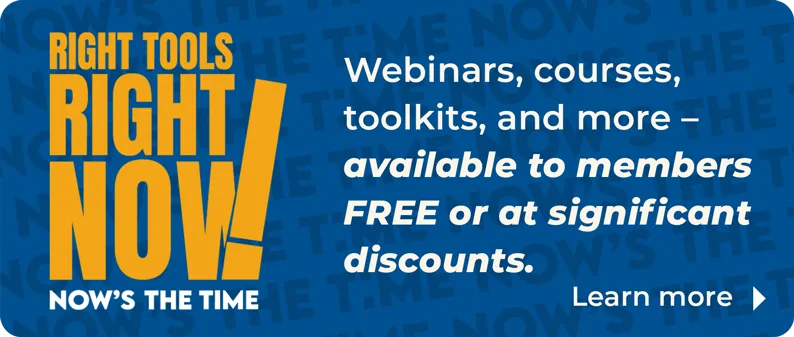At the national level, housing affordability fell in October compared to the previous month, according to NAR's Housing Affordability Index. The monthly mortgage payment increased by 3.9% compared to the prior month, while the median price of single-family homes declined by 0.3%. The monthly mortgage payment increased by $84 from last month.
Compared to one year ago, affordability fell in October as the monthly mortgage payment climbed 10.6% and median family income rose by 2.1%. The effective 30-year fixed mortgage rate1 was 7.70% this October compared to 6.98% one year ago. Nationally, mortgage rates were up 72 basis points from one year ago (one percentage point equals 100 basis points). Mortgage rates moved above 7% for the third time since July 2001. The median existing-home sales price rose 2.5% from ($396,100) compared to one year ago ($384,600).


The national index is currently below 100, which means that the typical family cannot afford to buy based on the median-priced home. An index below 100 means that a family with a median income had less than the income required to afford a median-priced home. The income required to afford a mortgage, or the qualifying income, is the income needed so that mortgage payments on a 30-year fixed mortgage loan with a 20% down payment account for 25% of family income. The most affordable region was the Midwest, with an index value of 123.0 (median family income of $96,716 with a qualifying income of $78,624). The least affordable region remained the West, where the index was 64.3 (median family income of $108,059 and the qualifying income of $168,144). The South was the second most affordable region with an index of 91.5 (median family income of $91,203 and the qualifying income of $99,696). The Northeast was the second most unaffordable region with an index of 90.7 (median family income of $111,090 with a qualifying income of $122,496).
A mortgage is affordable if the mortgage payment (principal and interest) amounts to 25% or less of the family's income.


Housing affordability2 declined in all four regions from a year ago. The Northeast region had the biggest decline, at 11.7%, followed by the Midwest, with a dip of 8.7%. The South experienced a weakening in price growth of 7.7%, followed by the West, which fell 6.3%.
Affordability fell in all four regions from last month. The South region had the biggest dip of 4.0% followed by the Northeast with a decline of 3.2%. The West region decreased 2.6%, followed by the Midwest region, which had the smallest drop of 1.0%.
Compared to one year ago, the monthly mortgage payment rose to $2,259 from $2,043, an increase of 10.6%. From a year ago, the monthly mortgage payment increased by $216. The annual mortgage payment as a percentage of income inclined to 27.4% this October from 25.3% a year ago. Regionally, the West has the highest mortgage payment to income share at 38.9% of income. The Northeast had the second-highest share at 27.6%, followed by the South with a share of 27.3%. The Midwest had the lowest mortgage payment as a percentage of income at 20.3%. Mortgage payments are not burdensome if they are no more than 25% of income.

Last week, the Mortgage Bankers Association reported mortgage applications increased 2.8% from one week earlier. Mortgage rates are inching toward 8%, and median home price growth is outpacing income growth. These factors are hurting affordability and putting pressure on potential homeowners' incomes. Median home price growth has slowed over the last few months, and mortgage rates will likely return to 7%.
The Housing Affordability Index calculation assumes a 20% down payment and a 25% qualifying ratio (principal and interest payment to income). See further details on the methodology and assumptions behind the calculation.
1 Starting in May 2019, FHFA discontinued the release of several mortgage rates and only published an adjustable rate mortgage called PMMS+ based on Freddie Mac Primary Mortgage Market Survey. With these changes, NAR discontinued the release of the HAI Composite Index (based on 30-year fixed rate and ARM) and starting in May 2019 only releases the HAI based on a 30-year mortgage. NAR calculates the 30-year effective fixed rate based on Freddie Mac's 30-year fixed mortgage contract rate, 30-year fixed mortgage points and fees, and a median loan value based on the NAR median price and a 20% down payment.
2 A Home Affordability Index (HAI) value of 100 means that a family with the median income has exactly enough income to qualify for a mortgage on a median-priced home. An index of 120 signifies that a family earning the median income has 20% more than the level of income needed pay the mortgage on a median-priced home, assuming a 20% down payment so that the monthly payment and interest will not exceed 25% of this level of income (qualifying income).









